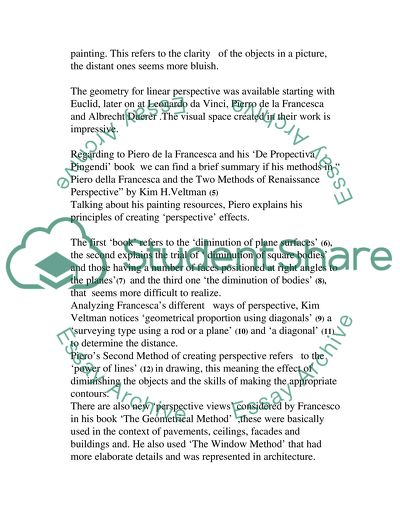Cite this document
(The Invention of the Perspective In the Renaissance Essay, n.d.)
The Invention of the Perspective In the Renaissance Essay. Retrieved from https://studentshare.org/visual-arts-film-studies/1508470-the-invention-of-the-perspective-in-the-renaissance
The Invention of the Perspective In the Renaissance Essay. Retrieved from https://studentshare.org/visual-arts-film-studies/1508470-the-invention-of-the-perspective-in-the-renaissance
(The Invention of the Perspective In the Renaissance Essay)
The Invention of the Perspective In the Renaissance Essay. https://studentshare.org/visual-arts-film-studies/1508470-the-invention-of-the-perspective-in-the-renaissance.
The Invention of the Perspective In the Renaissance Essay. https://studentshare.org/visual-arts-film-studies/1508470-the-invention-of-the-perspective-in-the-renaissance.
“The Invention of the Perspective In the Renaissance Essay”, n.d. https://studentshare.org/visual-arts-film-studies/1508470-the-invention-of-the-perspective-in-the-renaissance.


